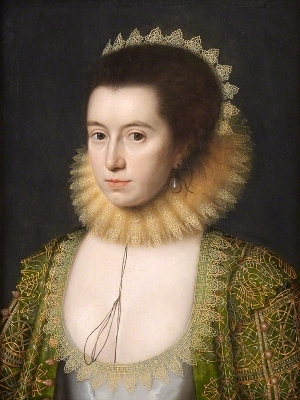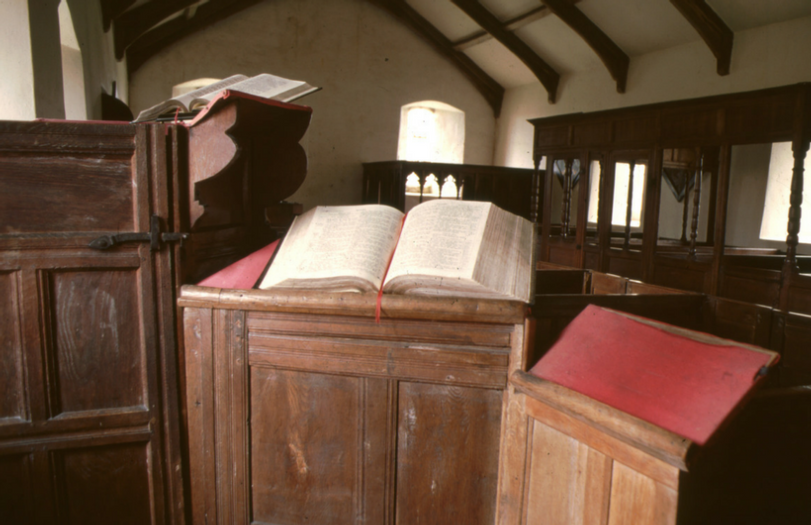Anne Clifford: Every wise Woman buildeth her House

Our Estate Officer Rachel Morley writes...
Even by today's standards, restoring, building and rebuilding six castles, seven churches, two almshouses and four dwellings over the course of one lifetime is an incredible feat. Yet in the seventeenth century Lady Anne Clifford (1589-1676) managed to undertake all of this in the final twenty-seven years of her life; an undertaking which would leave an indelible mark on the landscape of north Westmoreland for ever more.
Born in 1589 at Skipton Castle, Anne Clifford was the only surviving child of George Clifford, 3rd Earl of Cumberland and his wife Margaret. When Anne’s father died she was to discover that she did not inherit his vast estates. Rather, her father left the Clifford estates and title to his brother. This bypassed Anne and broke the fourteenth century entail which required that Clifford estates to descend to the eldest child - son or daughter.
Anne spent the majority of her life fighting to reclaim her rightful inheritance.
However, it wasn’t until 1649, aged sixty, that Anne returned to the north to discover that the estates at Brougham, Brough, Skipton, Pengradon and Appleyby had become dilapidated during the Civil War or had been in a ruinous state for many years. Anne’s diaries, which she diligently kept, recorded that some had ‘layne ruinous and decayed some 50 or 60 years’.
With immense vigour and duty Anne began a campaign to restore and rebuild her inheritance.
In 1660 and in her seventies the indefatigable Anne rebuilt the church of St Ninian, Brougham, Cumbria (also known as Ninekirks), writing that ‘it would in all likelihood have fallen down it was soe ruiness if it had not bin repaired by me… and built up again in the same place larger and bigger than it was before’. Her initials and the date 1660 appear within in a plaster wreath on the east wall.
In 1662/3 it was recorded in her diary, on the ‘30th day of March being Easter Sunday I received the blessed Sacrament the church called Ninekirks this being the first time I came into it after I had repayred and new built the said church’.
The furnishings and fittings for the most part date from within a few years of the construction of the church. Although Lady Anne mentioned that she ‘repayred the said church’, there is nothing now remaining of any previous structure and, other than additions of the south porch and bell-cote in 1841, all that may be seen is of Lady Anne’s building.
Anne’s architectural achievements are immense and a rich legacy to nation. They also speak volumes of her character – her strength, determination, kindness and duty.
As Edward Rainbow, Bishop of Carlisle, said at Anne's interment:
‘…all these wise Woman’s Buildings as you see, were to some good End, were given either to Charity towards the Poor, Gratitude to her Ancestors, Kindness to her Posterity, or Dedicated to the Worship of God.’

